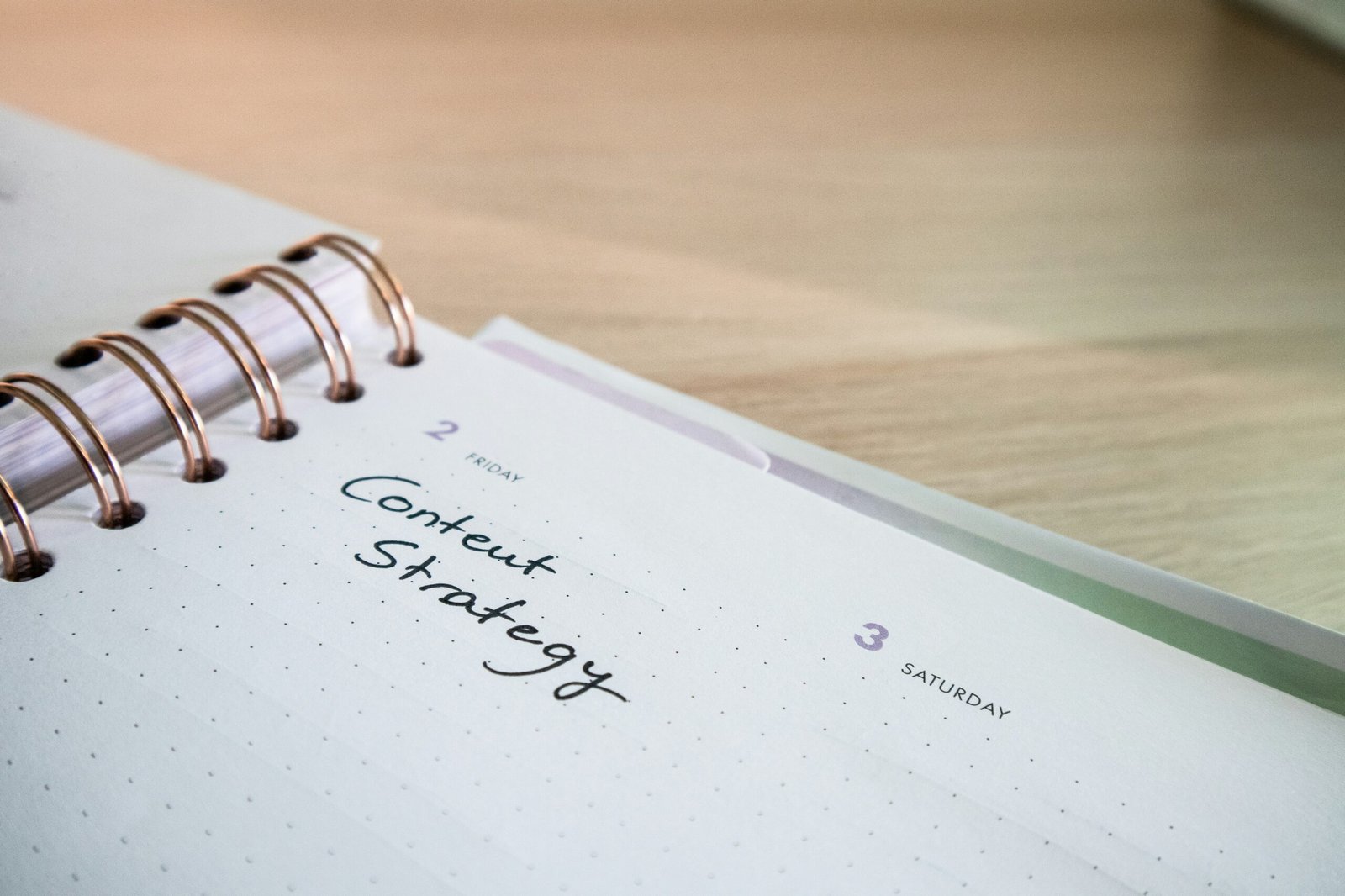Optimizing Copy for Both User Engagement and Search Engine Algorithms
When it comes to creating content for your website, there are two main factors to consider: user engagement and search engine optimization (SEO). While these two aspects may seem like they are at odds with each other, it is possible to optimize your copy in a way that satisfies both users and search engine algorithms. In this blog post, we will explore strategies for creating copy that is both engaging for your audience and optimized for search engines.
Understanding User Engagement
User engagement refers to how users interact with your website and its content. It includes factors such as time spent on page, bounce rate, and social shares. Engaging copy is crucial for keeping users on your site, encouraging them to explore further, and ultimately converting them into customers or clients.
When creating copy for user engagement, consider the following:
- Know your audience: Understand who your target audience is and what their needs and interests are. Tailor your copy to address their pain points and provide valuable solutions.
- Use clear and concise language: Avoid using jargon or complicated language that may confuse or alienate your readers. Use simple and straightforward language to convey your message effectively.
- Tell a story: Engage your audience by telling a compelling story that resonates with them. Stories are powerful tools for creating an emotional connection with your readers.
- Incorporate visual elements: Use images, videos, and infographics to enhance your copy and make it more visually appealing. Visual elements can help break up text and make it easier to digest.
- Encourage interaction: Include calls-to-action that encourage users to leave comments, share your content on social media, or sign up for your newsletter. This helps foster engagement and build a community around your brand.
Optimizing for Search Engine Algorithms
While user engagement is important, it is also crucial to optimize your copy for search engine algorithms. SEO helps your website rank higher in search engine results, driving organic traffic to your site. Here are some strategies for optimizing your copy:
- Keyword research: Conduct thorough keyword research to identify relevant keywords and phrases that your target audience is searching for. Incorporate these keywords naturally into your copy.
- Meta tags and descriptions: Optimize your meta tags and descriptions to include relevant keywords. These elements provide a summary of your page’s content and can influence click-through rates from search engine results pages.
- URL structure: Use descriptive and keyword-rich URLs that accurately reflect the content of your page. This helps search engines understand what your page is about.
- Header tags: Utilize header tags (H1, H2, H3, etc.) to structure your content and make it easier for search engines to understand the hierarchy of information on your page.
- Optimized images: Use descriptive file names and alt tags for your images to help search engines understand the context of your visuals.
- Internal and external linking: Include relevant internal and external links within your copy. Internal linking helps search engines navigate your site, while external linking adds credibility and authority to your content.
- Mobile optimization: Ensure that your website is mobile-friendly, as mobile optimization is a crucial factor for search engine rankings.
Striking a Balance
While optimizing for both user engagement and search engine algorithms may seem like a challenge, it is possible to strike a balance between the two. By creating high-quality, engaging content that meets the needs of your target audience, you are more likely to attract organic traffic and keep users on your site.
Remember, search engines are becoming increasingly sophisticated in understanding user intent. They prioritize websites that provide valuable and relevant content to users. By focusing on creating content that is genuinely helpful and engaging, you are also optimizing for search engines.
Regularly analyze your website’s performance using tools like Google Analytics to gain insights into user behavior and engagement. Use this data to refine your copy and make improvements that benefit both users and search engine algorithms.
Conclusion
Optimizing copy for both user engagement and search engine algorithms is a delicate balancing act. By understanding your audience, creating engaging content, and optimizing for relevant keywords and SEO best practices, you can create copy that satisfies both users and search engines. Remember, the ultimate goal is to provide value to your audience while also driving organic traffic to your website. With a strategic approach, you can achieve success in both areas.







